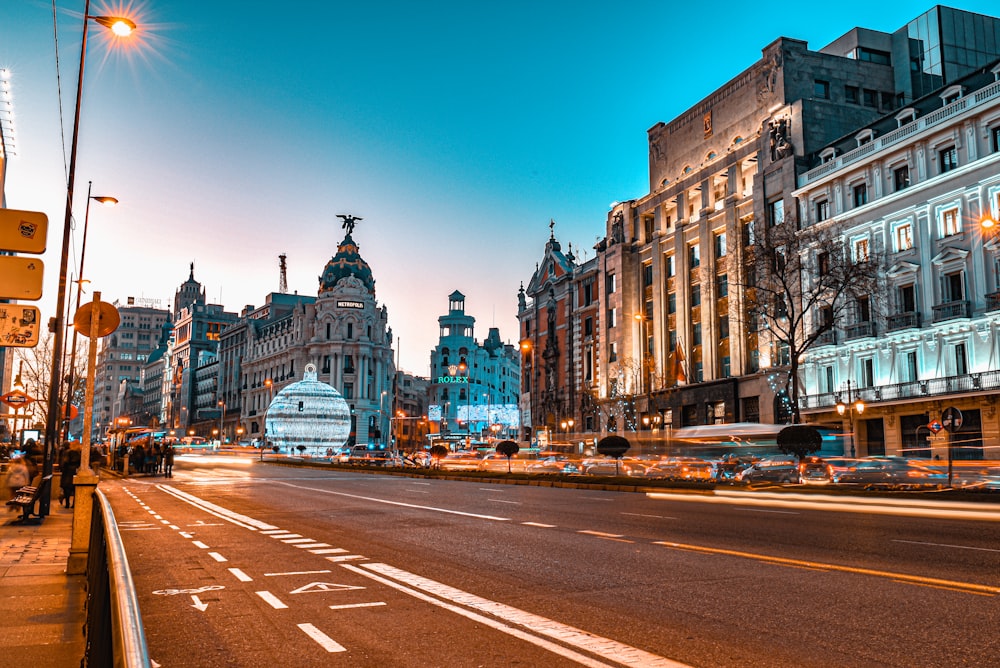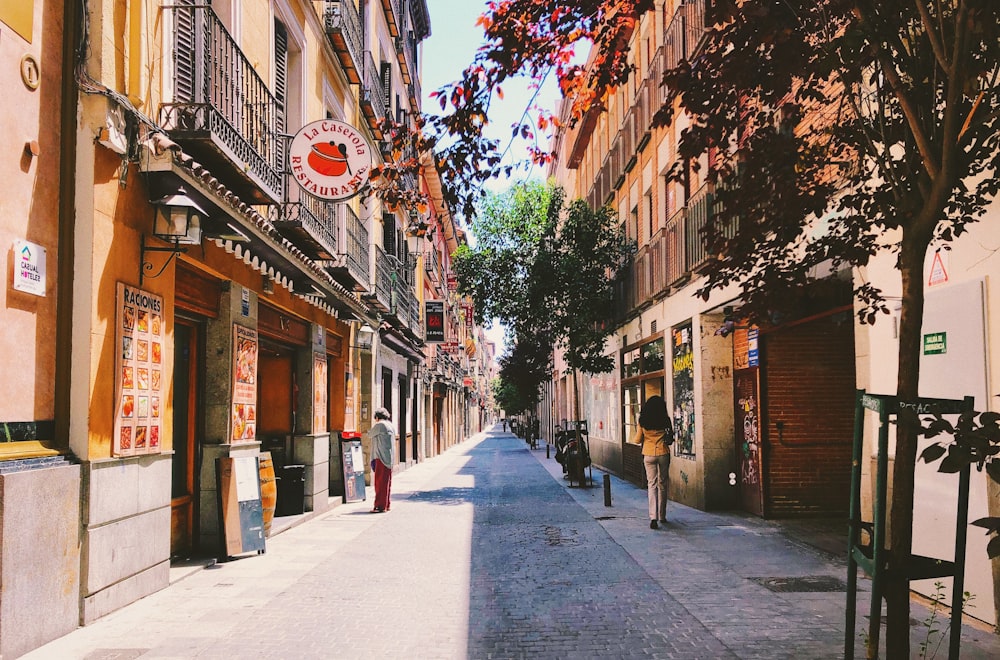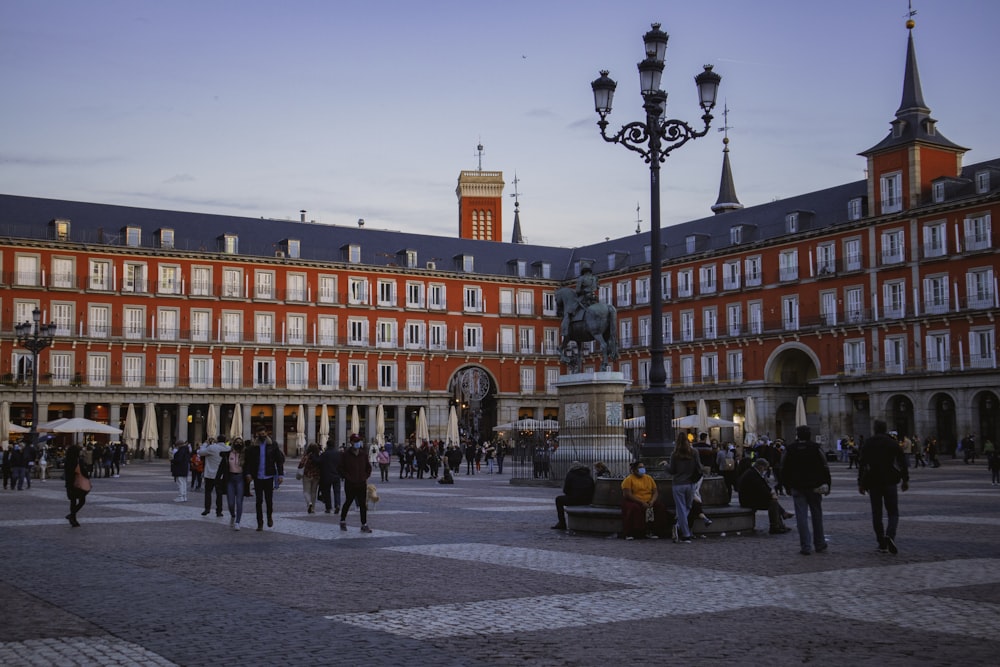The idea of moving to Madrid, the beautiful heart of Spain, is exciting. It’s a global city known for historic buildings, a cosmopolitan lifestyle, and the Royals’ home.
However, as the country’s capital city and centre for economy and culture, there’s a lot to consider when you plan on living in Madrid. You have to weigh the pros versus the cons, the kind of lifestyle you want to lead, and the opportunities available to you.
This guide will give you 12 tips on how to make Madrid your new home. We’ll give you insights on the best places to live, how to explore the city, and even the cost of living in Madrid.
1. Better Prepare Yourself By Looking Up The Pros And Cons Of Living In Madrid
Preparing is always best, especially when moving to a new country. Here are some pros and cons about the move that you should weigh to help you decide.
The Pros
Public Transport Is Excellent And Constantly Improving
The Public transport in Madrid is fast, safe, and clean. The public transport fare is also considered cheap compared to other European countries. Pair that with a very efficient and reliable service, and you’ll have no problem travelling around Madrid.
Madrid Is Very Walkable
Despite the excellent public transportation, there are days when you just want to take a stroll, and Madrid is perfect for this. The streets are wide and have a lot of space for you to walk around.
This is the best way to get to know the city and explore the famous tourist spots as they are pretty close to each other,
Madrid Is The Literal Centre Of Spain
Geographically, Madrid is near the very centre of Spain. The location makes it a great starting point if you want to travel to other cities for holidays.
The Cons
The Noise Can Get Distracting
Madrid is a famous tourist destination, especially for the night scene. The vibrant nightlife has cost some residents nearby to have some sleepless nights. If you plan on living in Madrid, stay a few nights in your chosen area and see how noisy things get.
The Cost Of Living Can Get Pricey
Madrid is the centre of commerce and capital of Spain and is known to be the most expensive city to live in. Still, the costs mean a higher quality of life and safety and proximity to more job opportunities.
2. Pick The Right Neighbourhood That’s Best For Your Lifestyle
Madrid is huge. It is over 600 square kilometres and is the 2nd-largest city in the European Union. There are a lot of choices when it comes to deciding where to settle down and live. Here are some we would recommend depending on your lifestyle.
Chamberi, southwest of Salamanca, is excellent for those who want to experience an authentic Madrid lifestyle. Chamberi is very popular with the younger crowd as it is very affordable but, at the same time, close enough amenities to remain modern.
Sol is perfect if you want to be in the middle of all the hustle and bustle of Madrid as it is found in the dead centre.
Huertas, which can be found in Barrio de las Letras, is a neighbourhood filled with restaurants, tapas bars, shops, boutiques and bars. This Barrio, which was originally a collection of farms, is an excellent choice if you are into the mixture of old and new Madrid.
Salamanca is an upscale and exclusive destination for those who belong to the mid to high-income brackets.
La Latina is perfect for those who have a soft spot for history and tradition as La Latina is the oldest neighbourhood in Madrid.
3. Madrid Is Bona Fide Global City
According to the Globalization and World Cities Research Network, the Spanish capital, Madrid, is considered to be an Alpha global city. This means that the city is connected to major economic regions and has a prominent place in the world economy.
Another research conducted by the Tokyo-based Institute for Urban Strategies placed Madrid 9th on the Global Power City Index for 2021.
These rankings indicate the opportunities and quality of life you can expect when living in Madrid. Its appearance on multiple international rankings for global competitiveness gives us a great idea of the health of its economy, livability, safety, quality of the environment, and so much more.
4. Learn The Ins and Outs Of Going About The City
For such a vast city, you’d expect a public transportation system that is up for the job. Fortunately, Madrid does not disappoint.
Madrid’s public transport system comprises the Madrid Metro, a fleet of buses for both day and night, and the Madrid light rail, also known as Metro Ligero. To cater to the suburbs, a regional train system called Cercanías connects the city centre with the rest of the region.
If you are doing a lot of daily commutes, getting a personal public transport card is best to give you access to the monthly transport pass. The monthly pass is the cheapest and most convenient way to pay for tickets when riding public transport. It gives you a great deal and is valid for 30 days, so you won’t have to worry about it daily.
Be sure to check out how to get the monthly pass as there are different prices for different zones, and there’s also a youth pass depending on your age (below 26 years old).
Aside from public transport, Madrid also has transportation options typical to most major cities, such as ride-sharing apps, taxis, and rental services for e-bikes.
Madrid also has 43 kilometres of bike lanes that snake throughout the city if you want to explore and exercise simultaneously.
5. Keep Track Of Your Budget As The Cost Of Living In Madrid Can Get Steep
Madrid isn’t at the top of the most expensive list compared to other major European cities. However, Madrid is at the top if you just count the cities in Spain.
Rent will usually be the most significant expense on your monthly budget, and if you are looking at a one-bedroom apartment near the city centre, that’s going to cost on average 1,000 EUR. If you venture further into the suburbs, prices can go as low as 600EUR.
For a small family looking for a bit more space, a three-bedroom apartment near the city centre averages 1,600 EUR and goes all the way down to 1,200 EUR the further you go from the city centre.
As for other bills such as food, utilities, transportation, healthcare services, and related expenses, a single person will net around 710 EUR a month. On the other hand, a small family of four will need 2,500 EUR.
6. Ride The Wave Of Spain’s Economic Recovery And Find Great Job Opportunities
Between 2008 and 2014, Spain underwent a financial crisis that affected its economy and job market. Now, after a few years, the steady incline of and strong recovery from the financial setback marks it as one of the fastest growing economies of the EU. This is an excellent time to find employment opportunities.
Some sectors hiring are capital goods in the form of technicians and maintenance personnel. Data scientists in finance, engineering, and especially in renewable energy and retail.
Some more unique industries also seeing a steady rise are the arts but in digital forms, such as video and sound technicians and digital content professionals. For English speakers, teaching English as well as sales and the service industry will also have a lot of available positions for you.
7. Check Out Madrid’s Top Universities And Pursue Higher Education For More Opportunities
We know that the job market can get a little rough, and a lot of in-demand positions are for industries that are considered new and emerging. The “big data” field, which will need data analysts and data scientists, is some of the most promising in the coming years.
Getting additional training from either an advanced degree or upskilling through short courses, Madrid has many universities that you can go to. Here are some world-class institutions you might want to look into:
Universidad Politécnica Madrid, St. Louis University Madrid, Autonomous University of Madrid, and Universidad Carlos III de Madrid are great if you are looking into Engineering courses.
Esade Business School, IESE Business School, and Geneva Business School are excellent business and finance courses.
The Technical University of Madrid, Complutense University of Madrid, and CEU University of San Pablo are your best bet for Computer Science.
8. Taste As Much Of The Local Cuisine As You Can
The local cuisine of Spain’s capital is a delicious mix of the flavours and textures of the surrounding regions as more and more people migrate to the capital city.
Today, the food in Madrid has evolved into a distinct taste that has people from all over the world wanting more. Here are some food choices from Madrid you must try when you settle down:
Cocido Madrileño is a favourite winter stew made from chickpeas and pork.
Gambas al ajillo is shrimp sauteed in olive oil with lots and lots of garlic, lemon, and paprika.
Call a la Madrileña is a slow-cooked tripe stew with chorizo and blood sausages.
Jamon Iberico is a cured ham made from black Iberian pigs.
Pisto is a slow-cooked vegetable stew.
Cordero Asado is a lamb roasted on an open fire marinated in lemon, garlic, and several kinds of herbs.
9. Mark Your Calendar So You Won’t Miss Out On These Festivals And Celebrations
Madrid is not only the economic centre of Spain but also the heart and cultural centre with a long and colourful history. And one of the best ways to get in touch with the culture and people of Madrid is by participating in significant holidays and celebrations. Be sure to mark your calendar so you can catch these festivals when they come about.
San Isidro is celebrated on May 15. Locals celebrate Madrid’s patron saint, San Isidro, in a multi-day celebration with music and theatre.
Virgen de La Paloma is celebrated in honour of when the Virgin Mary is said to have appeared in Spain. It involves a block party with lots of food and entertainment for everyone.
Noche en Blanco is perfect for those who love art. This festival pays tribute to art in many forms, such as literature, cinema, dance, theatre, and so much more.
Carnaval is one of the biggest celebrations in Spain and one you should not miss. The Carnaval features masquerade balls, parades, street performances, and a ritual tossing of the puppet.
10. Football Is Huge In Madrid And Is A Great Way To Connect With Locals
Football is a huge part of Spain’s culture, and the love for the sport is very much alive here in Madrid. Watching the games live in stadiums is also a great way of connecting and making friends with locals.
Home to three famous clubs, Real Madrid, Atlético Madrid, and Rayo Vallecano, you will have many opportunities to catch their games and enjoy the fun.
It’s also fun to note that all over Madrid, there are fountains which are dedicated celebration destinations when a specific team wins. This is a fun way of exploring the city and having fun simultaneously.
11. Make A Relocation Checklist To Keep Track Of Important Documents and Belongings
Once you make a habit of making a relocation checklist, it will be your new best friend when it’s time to travel. Trying to memorise everything you need for a trip is very impractical. If you create a checklist, organise it by type, and periodically check to ensure you are on top of things, moving to Madrid will surely be stress-free and easy.
You can categorise your checklist via:
- Your to-do list (Purchase of packaging materials, packing, securing luggage, etc.)
- Timeline of relocation
- Important documents (Passport, Work Visa/Employment contract, Tickets, etc.)
- Budget and Cash (In the currency of your destination)
- Emergency contacts
Do remember to remain in contact with your employer or real-estate agent weeks before your trip to ensure everything is in order, perhaps even arrange for someone to meet you at the airport in Spain.
12. Engage With An International Moving Company To Ease Your Relocation
To further decrease any stress this huge undertaking will have on you, engaging with a professional moving company just might be what you need. Sanelo has years of experience helping people travel both locally and internationally.
You will no longer need to worry about carrying heavy luggage, making your travel as easy as possible. You’ll travel fully relaxed, knowing that your belongings are under our shipment protection.
Engage with Sanelo today. Just call or email us, and one of our representatives will be glad to assist you.
Conclusion On Moving To Madrid
Moving to the capital city of a country is an exciting thing to do, especially if it’s a city like Madrid. Madrid’s history, culture, art, and quality of life are excellent, giving you many opportunities for recreation and professional growth.
The accessible public transportation and the many shops and boutiques ensure a cosmopolitan life. The historic neighbourhoods and vibrant celebrations are also there to keep you connected to the city’s roots. Madrid is an amazing and beautiful city, and if you decide to relocate, you will not regret it.
If you are still mulling over your decision about moving to Madrid, try to read more about other cities in Spain that might pique your interest, check out these travel guides on Valencia, Barcelona, and Granada.
Frequently Asked Questions About Moving/Relocating To Madrid
Is Madrid Safe For Expats?
Yes. Madrid is a global city recognised by many international agencies as having a very high quality of living. Petty and violent crimes are very low in Madrid.
Are There Expat Communities In Madrid?
Yes. Madrid is a favourite destination for expats. Statistics have shown that of its 3.2 million population, 16% consists of foreigners. Being part of an expat community will help you connect with locals and make friends.
How To Permanently Stay In Madrid?
Permanent residency can be applied for once a person has been living in Madrid (Spain) continuously for five years. After that, you can go through the process of obtaining a permanent residency card as prescribed by the relevant authorities. The next step is then to become a Spanish citizen.
Is Moving To Madrid A Good Idea?
Yes. Madrid is often regarded as one of the best cities for expats to travel and relocate to. Its local culture, high quality of living, relative affordability, and cosmopolitan lifestyle attracts many expats and tourists.




